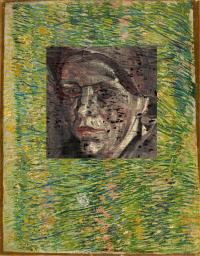On 27 April the Hoge Veluwe National Park in Otterlo, Gelderland will be celebrating 40 years of free-to-use white bikes for visitors, originally suggested by members of the mid-1960s Provos, a Dutch anti-establishment cultural movement whose co-founder passed away in 2009.
The Hoge Veluwe, a three Michelin star tourist attraction and the biggest nature reserve of the country, features 5,400 hectares of green and forest. When cycling through it on your white bike, you may catch a glimpse of animals like deers to rabbits. Also on the grounds of the park is the world-famous Kröller-Müller museum, featuring works by Van Gogh and Picasso indoors and with sculptures and paintings outdoors – a great place to spend the day. There’s also a nature discovery museum for kids and of course, white bikes for kids and even for parents with small children.
At the celebration, five of the white bikes will be painted by artists and auctioned off, and there will also be a photo competition, the winners of which will have their pictures enlarged and placed around the park.
(Link: , Photo of White bikes, Hoge Veluwe by 123_456, some rights reserved)


